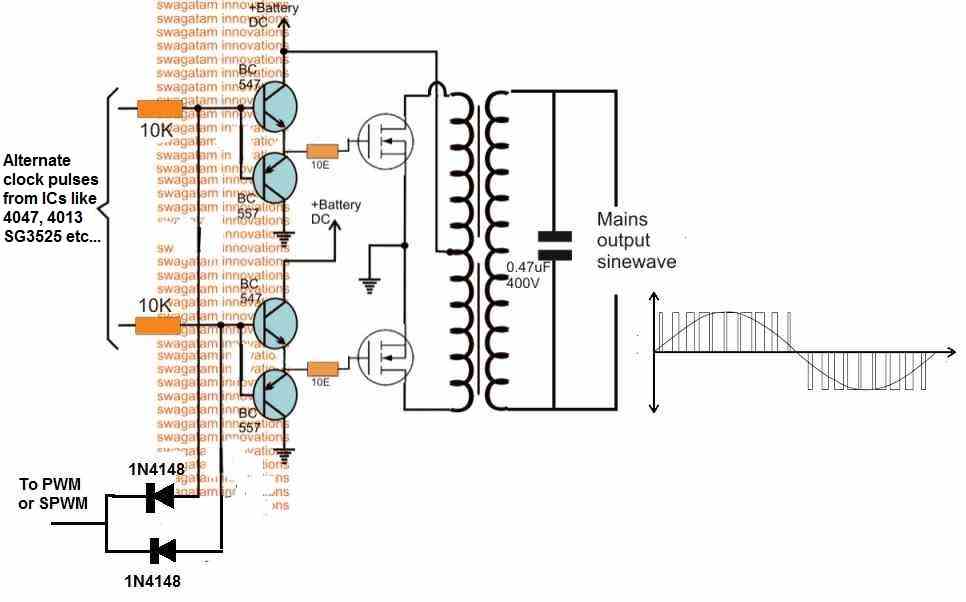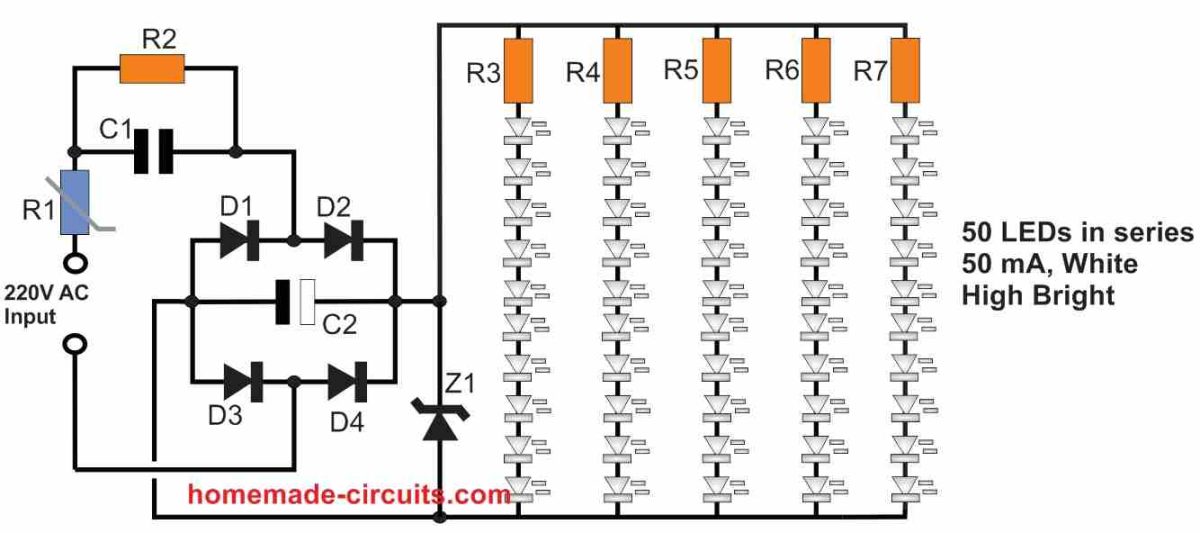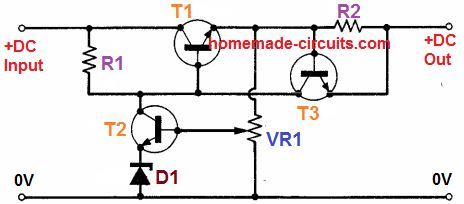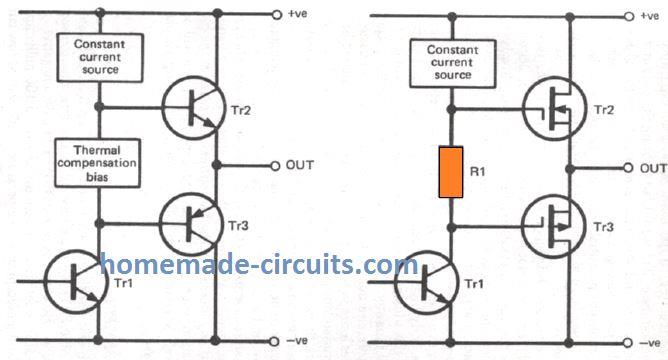In this article I have explained comprehensively regarding how to design a sine wave inverter without any form of coding or complex circuit designs. The included designs are simple yet extremely precise with their sine waveform structure. You might have often felt discouraged, thinking that making a sine wave inverter from the scratch can be […]
Design
How to Design Simple LED Driver Circuits
In this article I have explained how to design your own customized, simple LED driver circuits at home. We will learn how to calculate specific LED configurations for applying the LEDs with appropriate LED driver power supplies. In these driver power supplies I have explained two concepts one by using SMPS boards and the other […]
How to Design a Bench Power Supply Circuit
In this post I have explained how an effective and efficient, yet very cheap, and stabilized bench power supply can be designed by any electronic hobbyist for safely testing all types electronic projects and prototypes. The main features that a bench power supply must have are: General Description The majority of the power supply designs […]
How to Design MOSFET Power Amplifier Circuits – Parameters Explained
In this post I have explained various parameters that must be considered while designing a MOSFET power amplifier circuit. We also analyze the difference between bipolar junction transistors (BJT) and MOSFET characteristics and understand why MOSFETS are more suitable and efficient for power amplifier applications. Contributed by Daniel Schultz Overview When designing a power amplifier […]
Automotive LED Driver Circuits – Design Analysis
In cars or automobiles, LEDs have grown to be the preferred choice of lighting. Whether it’s the rear tail-lights or the tell-tale indicators in the cluster as indicated in Figure 1 below, all incorporate LEDs nowadays. Their compact dimensions helps versatility in design and offers the prospective to be as durable as the vehicle’s life […]
How to Design a Flyback Converter – Comprehensive Tutorial
A flyback configuration is the preferred topology in SMPS application designs mainly because it guarantees complete isolation of the output DC from the input mains AC. Other features include low manufacturing cost, simpler design and uncomplicated implementation. The low current DCM version of flyback converters which include output specification lower than 50 watt are more […]





